70 – While there are no direct payments as in the EU, agriculture is well supported. Russia is split into 46 Oblasts (districts) and each has a government with an agriculture budget. Purchase subsidies are common, whereby a farmer can buy cattle and receive some of his money back from the government. Oblasts compete with each other and this is a way of them boosting their own cattle inventories.
I toured with multiple-farm owner, American John Haskell and he received 70 roubles/kg back from the government of Penza after initially paying 120 roubles/kg (€1.76/kg) to buy Angus cows in 2016. There are some conditions with the subsidies: animals must be retained for three years, quarantined on both the seller and buyer’s farm and be signed off on by a vet.
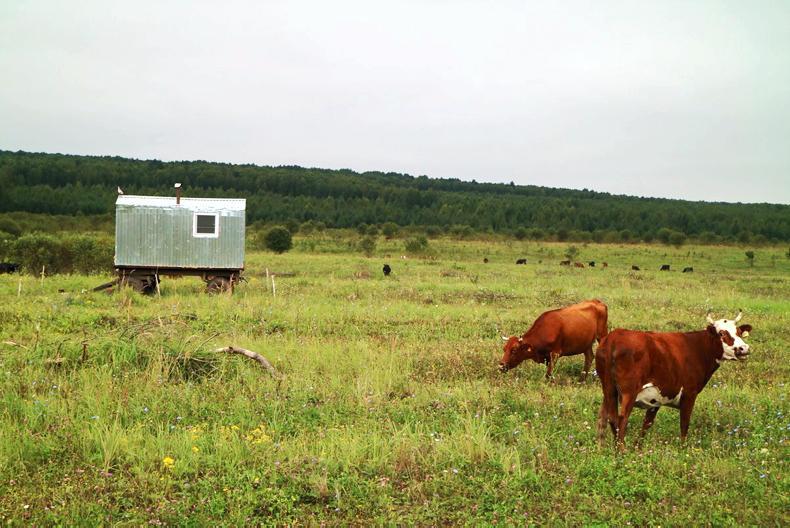
On small rural farms, a worker follows the herd in a portable hut to guard against theft or would-be hunters
25 – One of the overwhelming characteristics of rural Russia is the sparseness and lack of activity. In the population density league table, Russia is 19 from the bottom out of 218 countries. It has eight people per km2, Ireland has 69.
There is an abundance of top quality land. Soils are good and there are around 53mm of rain per month in Tambov, Penza and Bryansk.
Land is quite readily available, with good quality cropping land selling for €400/ha and abandoned land on good soil for as little as €25. There’s a caveat with the latter though.
This land will likely have been abandoned since Soviet times and covered in trees at this point – investment will be needed to fell these so that cattle can graze.
8,600 - A 400-cow beef herd manager in Tambov, with a 15-strong workforce, can earn around €8,600 annually. Not a lot?
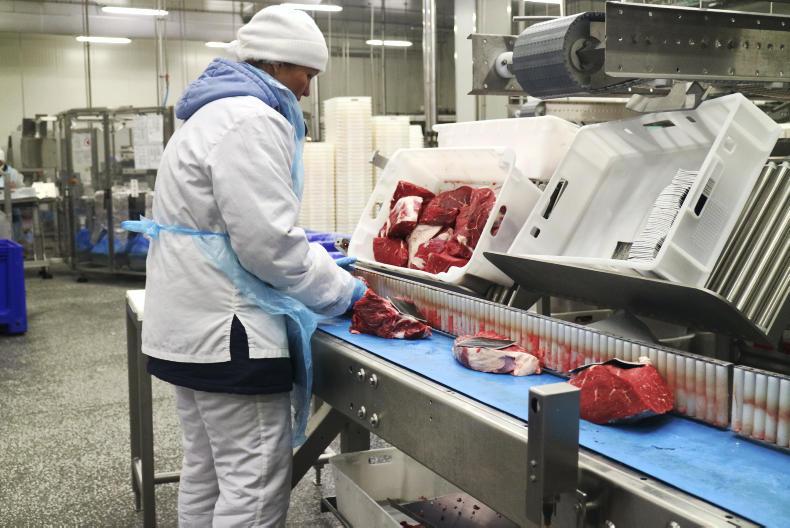
Employee in Miratorg's slaughterhouse on the outskirts of Bryansk
0.50 - A 500ml bottle of beer in a rural town will cost 50 cents
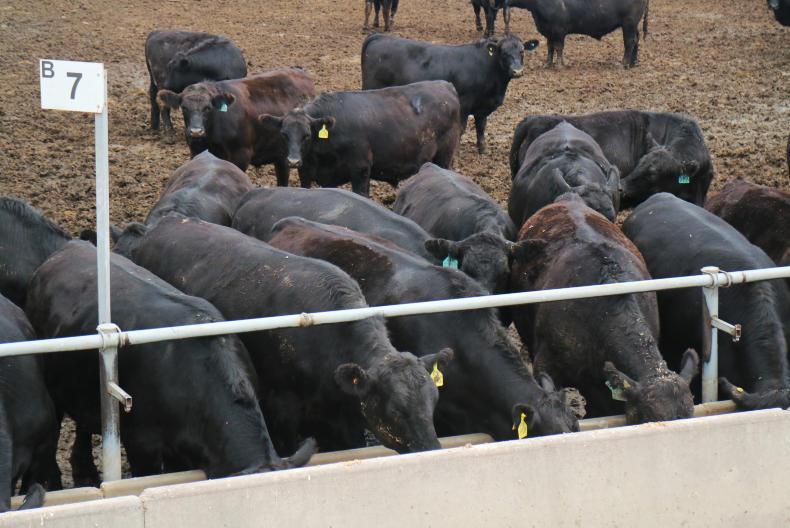
Miratorg's 40,000 capacity feedlot near Bryansk
17 A four-hour, 400km train journey costs €17
5,000 - An abandoned bungalow in a rural village costs €5,000
14- A two-course meal with coffee and a beer costs €14 in a typical Moscow cafe.
2 - There is huge variation between cost of living in the city and countryside, of course. Salaries in Moscow can be twice that of country workers.
200,000 – Miratorg, Russia’s largest meat producer, has around 200,000 beef cows on its books.
500,000 – Its slaughter plant near Bryansk can process 10,000 animals a week. It is currently running at 20% of capacity, but plans to reach its peak in 2021 – Russia will have become a huge player on the global beef market in a very short period if this does materialise.
74 – A tonne of dry rolled wheat can be bought for the equivalent €74 in the regions south of Moscow. However, beware the hidden logistical costs. Distances in Russia are so big, that transport costs per tonne can sometimes be similar to the cost of the actual grain.
Read more
BETTER farm: using data to make decisions
Watch: zero grazing for high output in Monaghan
70 – While there are no direct payments as in the EU, agriculture is well supported. Russia is split into 46 Oblasts (districts) and each has a government with an agriculture budget. Purchase subsidies are common, whereby a farmer can buy cattle and receive some of his money back from the government. Oblasts compete with each other and this is a way of them boosting their own cattle inventories.
I toured with multiple-farm owner, American John Haskell and he received 70 roubles/kg back from the government of Penza after initially paying 120 roubles/kg (€1.76/kg) to buy Angus cows in 2016. There are some conditions with the subsidies: animals must be retained for three years, quarantined on both the seller and buyer’s farm and be signed off on by a vet.

On small rural farms, a worker follows the herd in a portable hut to guard against theft or would-be hunters
25 – One of the overwhelming characteristics of rural Russia is the sparseness and lack of activity. In the population density league table, Russia is 19 from the bottom out of 218 countries. It has eight people per km2, Ireland has 69.
There is an abundance of top quality land. Soils are good and there are around 53mm of rain per month in Tambov, Penza and Bryansk.
Land is quite readily available, with good quality cropping land selling for €400/ha and abandoned land on good soil for as little as €25. There’s a caveat with the latter though.
This land will likely have been abandoned since Soviet times and covered in trees at this point – investment will be needed to fell these so that cattle can graze.
8,600 - A 400-cow beef herd manager in Tambov, with a 15-strong workforce, can earn around €8,600 annually. Not a lot?

Employee in Miratorg's slaughterhouse on the outskirts of Bryansk
0.50 - A 500ml bottle of beer in a rural town will cost 50 cents

Miratorg's 40,000 capacity feedlot near Bryansk
17 A four-hour, 400km train journey costs €17
5,000 - An abandoned bungalow in a rural village costs €5,000
14- A two-course meal with coffee and a beer costs €14 in a typical Moscow cafe.
2 - There is huge variation between cost of living in the city and countryside, of course. Salaries in Moscow can be twice that of country workers.
200,000 – Miratorg, Russia’s largest meat producer, has around 200,000 beef cows on its books.
500,000 – Its slaughter plant near Bryansk can process 10,000 animals a week. It is currently running at 20% of capacity, but plans to reach its peak in 2021 – Russia will have become a huge player on the global beef market in a very short period if this does materialise.
74 – A tonne of dry rolled wheat can be bought for the equivalent €74 in the regions south of Moscow. However, beware the hidden logistical costs. Distances in Russia are so big, that transport costs per tonne can sometimes be similar to the cost of the actual grain.
Read more
BETTER farm: using data to make decisions
Watch: zero grazing for high output in Monaghan




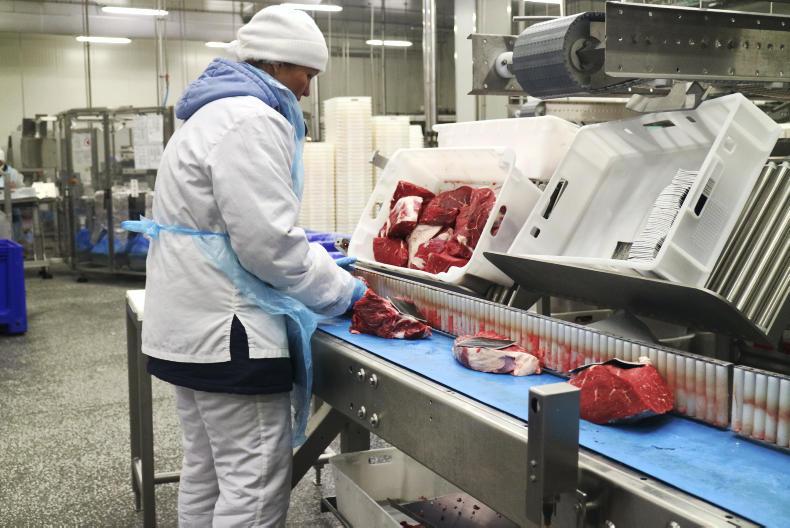




 This is a subscriber-only article
This is a subscriber-only article





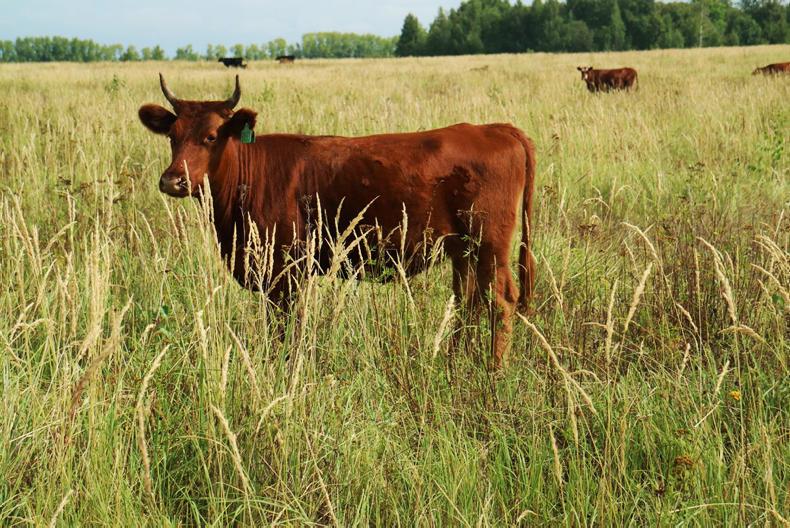

SHARING OPTIONS: